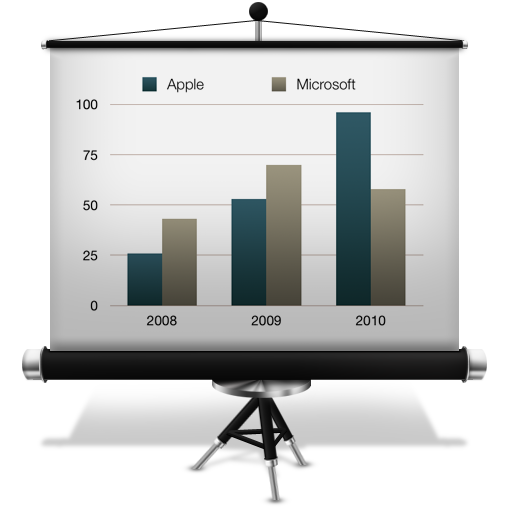
Experienced webmasters typically conduct an audit on their websites periodically. They don't do any major changes though (that would be exhausting!); they simply check each page, consulting monitoring tools like Google's Heat Map. Most do it on a quarterly basis, six-month intervals, or even annually. It all depends on how much time the webmaster has on his hands, and if ever there is an urgent need to do a website audit beyond the usual schedule.
When you hire an SEO company to optimize your site, they will begin by auditing your website. They will take a look at all your webpages and take note of their observations, make suggestions, and assert important changes if necessary. Each auditing body may have a different method of conducting an audit, but all of them will basically check on these three important fields:
- Technical (structure, layout, formats, etc...)
- On-Page SEO (value)
- Link Profile
All these three fields must be designed, organized or orchestrated in such a way that each will be able to provide a strong support for the other two. SEO efforts will be more effective, and have long-lasting effects, to boot, if all three aspects are cohesive. Now one thing that can help keep them together is content.
Content's Role in Webpages
Let us review the basics for a while and recall the purpose of content:
- It gives your website the "meat" that search engine users and search engines themselves are looking for.
- It tells visitors and customers what your website is about, what products and/or services you offer, among other things.
- Select phrases and keywords that are inserted—in a grammatically correct manner, of course—in text content can serve as anchor texts for outbound and internal links.
- It gives search engines something to crawl and index for queries.
The last item indicates that a large part of SEO is content-based, whether it is on-page or off-page (link building, social media optimization, content marketing, and other outreach efforts). Considering the direction Google is heading lately, technical maneuverings can only go so far as far as SEO is concerned. At the end of the day, it is still important to have excellent and valuable content to satisfy not just Google but also other search engines; and of course, your visitors who are looking forward to finding valuable information from your site.
It is only logical then to evaluate how your website content should be structured so that it can be maximized to the benefit of the three fields indicated above, especially for on-page SEO. Although it is not the overall sum of SEO, it is certainly an essential part of it.
Here are some of the things you definitely have to include in your website auditing routine. These steps focus more on content evaluation.
Evaluate Content Quality
First and foremost, you need to evaluate the quality of your content. At any given time, you should have a goal in mind for your website. Use that as a basis on evaluating the worth of your existing content.
There are many things to consider about your website content. Does it accurately describe your company, the products and the services you offer? Is it written very well or are there plenty of grammar and spelling mistakes? Will your readers find it valuable and informative? Is it SEO-ready? Meaning, does it contain the right keywords? More importantly, does your website content contain just the right number of keywords or phrase that will pass muster the beady, little, alert red eyes of Google Penguin?
These are just some of the more complex grounds for content auditing. You might even have other questions or criteria to add. There are a few ground rules though, which should be non-negotiable when auditing website content:
- Scraped/copied/duplicated content should be removed.
- Gibberish content (keywords repeated over and over in a senseless manner) must be removed.
- Avoid over-abundance of links.
- Use a variety of keywords as anchor texts for links. Don’t use the same keyword over and over again in the same page.
- Don’t publish content that’s completely unrelated and irrelevant to your site.
This also means that you need to go over every single page in your site. This may be daunting, not to mention labor-intensive, but it is very necessary. You’ll spot overlooked issues, and not just those related to content. We’re talking about broken links, missing titles and meta information, tags, image names and captions, etc.
Use Webpage Metric Tools
It isn’t enough to rely on one’s own judgment alone when doing a website audit. To avoid biases in your decisions, take advantage of metric tools for website auditing. As mentioned earlier, an aggregate heat map will be helpful in determining which content—both textual and graphic—are practically useless in your site.
It is also critical to use a program where you can organize and record findings about your content audit, like Excel. Create tables and log sheets that will summarize your findings.
Decide on a Plan of Action
The first is to change or update the articles and other texts in your site in order to improve the overall website content quality; second is to simply leave everything as is; third is the complete opposite, which is to delete the content; and the fourth is to further promote it online.
Naturally, your plan of action will depend on what comes out of your content and page evaluation. If you deem it good enough to satisfy tour readers and good enough for on-page SEO, then you can leave it as is or make some changes where necessary.
Undeniably, website auditing is a tedious process. If you do it regularly though, and implement high standards for your content from the very beginning, web content auditing may become easier each successive time.


